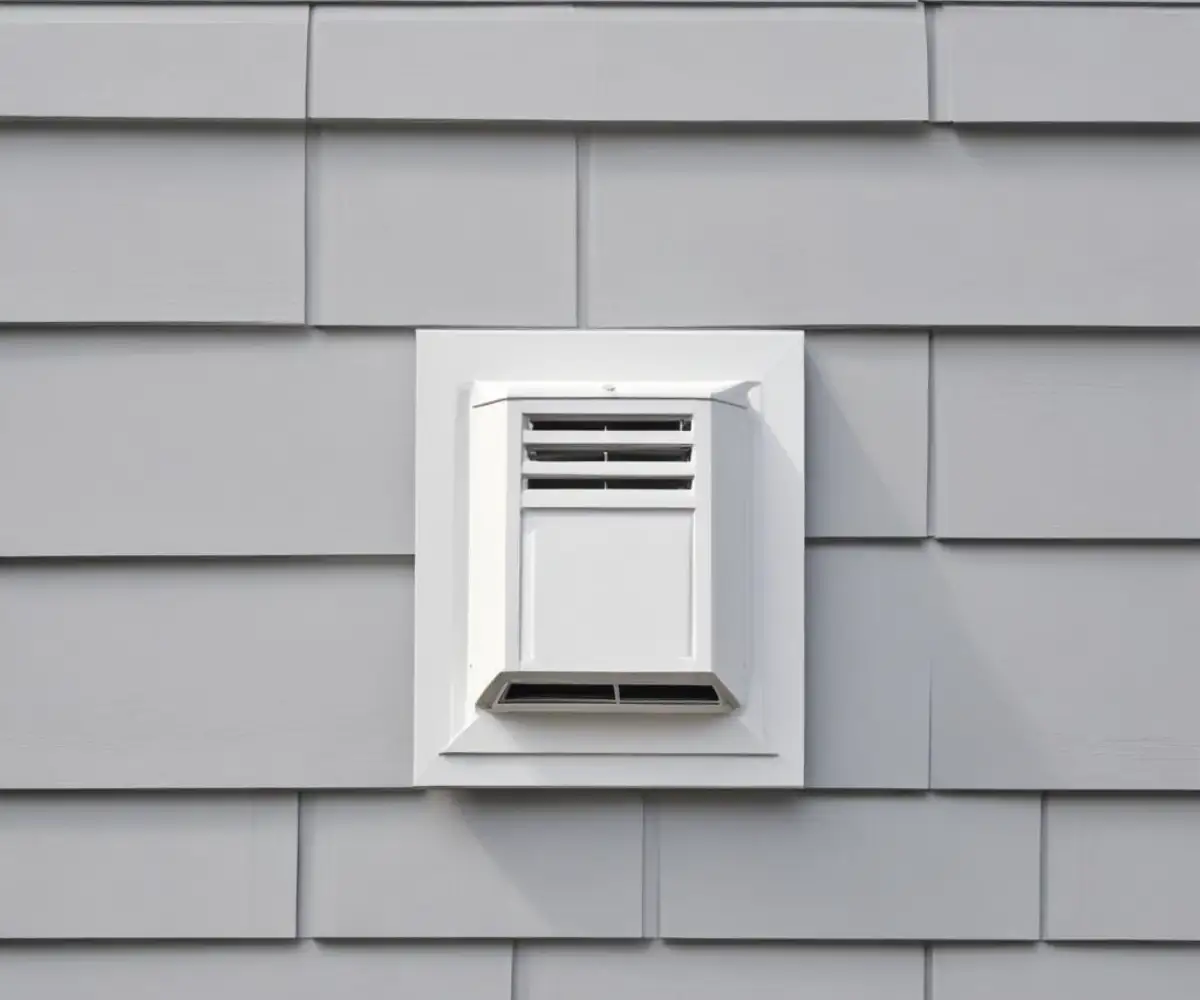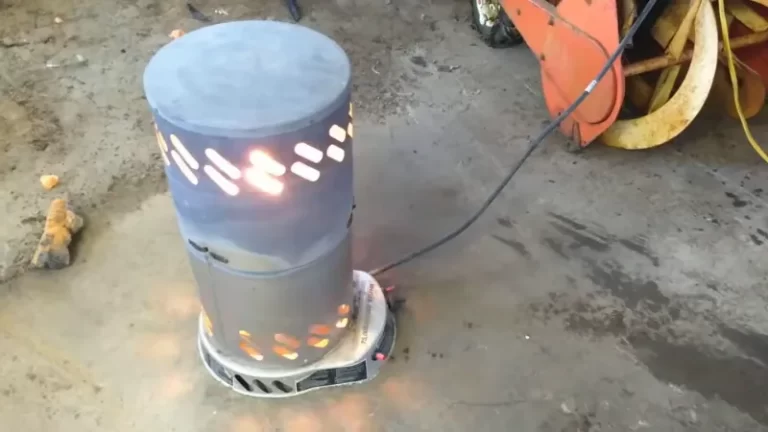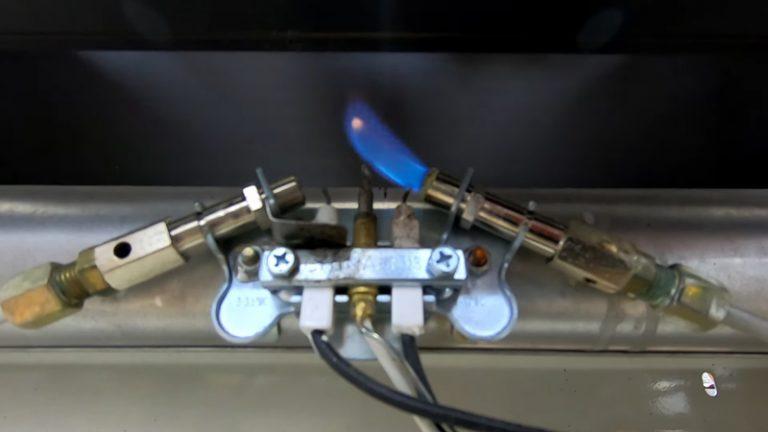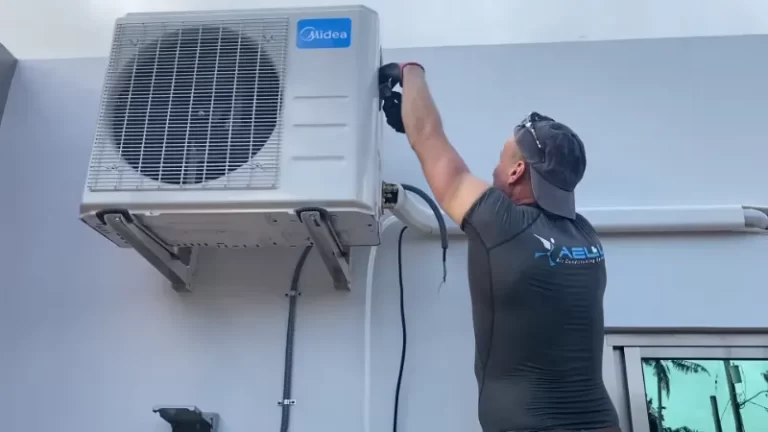That Vent on the Side of Your House? Here’s What It Is (And Why You Can’t Ignore It)
You’ve seen it there, that plastic or metal square on your siding. It’s a permanent fixture on the side of your house, but its purpose is a complete mystery. Is it an intake, an exhaust, or a relic from a past renovation?
Ignoring this small piece of your home’s exterior can lead to big problems. From devastating fires and dangerous carbon monoxide leaks to pest infestations and costly moisture damage, that simple vent plays a critical role in your home’s health and your family’s safety.
This guide will demystify every common vent on the side of a house. You will learn how to identify each one, understand its crucial function, and spot the warning signs that it needs immediate attention.
Decoding the Vents: A Visual Guide to What’s on Your Wall
Your home breathes through its vents. They exhaust stale, moist, or potentially dangerous air and, in some cases, draw in fresh air for combustion appliances. Knowing which is which is the first step to proper home maintenance.
Dryer Vents: The Most Common Culprit
Purpose: This vent’s job is to expel the hot, moist, lint-filled air from your clothes dryer. Proper venting is essential for both drying efficiency and fire prevention.
Appearance: Look for a round, 4-inch diameter vent with a louvered cover or a single flap that opens when the dryer is running. They are often located logically close to the laundry area.
Critical Issues: The number one issue is lint buildup. A clogged dryer vent is a major fire hazard and forces your dryer to work harder, wasting energy and wearing out the appliance faster. Broken flaps can allow birds, rodents, and insects to nest inside.
Kitchen Exhaust Vents: Clearing the Air
Purpose: Connected to the range hood over your stove, this vent removes smoke, steam, grease, and cooking odors from your kitchen. It’s key to maintaining good indoor air quality.
Appearance: These can be round or rectangular and vary in size. They typically have a damper that opens when the fan is on and closes when it’s off to prevent drafts and pest entry.
Critical Issues: Grease and grime can build up inside the duct and on the exterior vent cover, creating a fire risk and attracting pests. A damper that is stuck open or closed can cause drafts or trap cooking fumes inside.
Bathroom Fan Vents: Fighting Moisture and Mold
Purpose: This vent removes the warm, humid air generated by showers and baths. Its primary function is to prevent the growth of mold and mildew, which can damage surfaces and impact your health.
Appearance: They often look very similar to dryer vents, typically round and 3 or 4 inches in diameter, with a simple flap or louvered design.
Critical Issues: Blockages from dust, leaves, or bird nests can render the fan useless, trapping moisture inside. This can lead to peeling paint, damaged drywall, and serious mold problems over time.

High-Efficiency Furnace & Water Heater Vents (Intake/Exhaust)
Purpose: Modern high-efficiency (condensing) furnaces and water heaters require two pipes that terminate on the side of the house. One is an intake vent to draw in fresh outside air for combustion, and the other is an exhaust vent to release cool, acidic fumes.
Appearance: These are almost always two white PVC pipes, typically 2 or 3 inches in diameter, located near each other. They may be configured with one pointing down and one pointing straight out or up.
Critical Issues: Blockage of these vents is extremely dangerous. An obstructed intake will starve the appliance of air, potentially causing it to shut down or, worse, backdraft. A blocked exhaust can cause deadly carbon monoxide gas to build up inside your home. Keep them clear of snow, ice, leaves, and animal nests at all times.
Foundation and Crawl Space Vents: Protecting Your Home’s Base
Purpose: These vents are designed to allow for cross-ventilation in a crawl space or under a foundation, preventing the buildup of moisture that can lead to rot, mold, and pest infestations.
Appearance: Usually rectangular and set into the concrete or block foundation wall. They are covered with a sturdy screen or grate.
Critical Issues: Damaged or missing screens are an open invitation for rodents, snakes, and other pests to enter your home. A large structural issue, like a large gap between patio and house, can sometimes develop near these areas, compromising the foundation and making pest entry even easier. Ensure these vents remain clear of landscaping and debris to allow for proper airflow.
Common Problems Emanating From Your Vents (And How to Fix Them)
A malfunctioning vent rarely fixes itself. Regular inspections can help you catch small issues before they become major headaches. Here are the most common problems and their solutions.
Problem: Pests, Bugs, and Unwanted Guests
The Cause: Vents with broken flaps, missing louvers, or torn screens are like a welcome mat for pests. Birds, mice, squirrels, and insects look for sheltered places to build nests, and a vent duct is prime real estate.
The Solution: Regularly inspect all vent covers. Replace any that are damaged with sturdy, pest-proof versions. For foundation vents, ensure the mesh is intact and securely fastened. Seal any small gaps around the vent flashing with exterior-grade caulk.
Problem: Water Leaks and Stains on Siding
The Cause: Water intrusion can happen if the vent cover is cracked or if the sealant and flashing around the vent assembly have failed. This allows rainwater to seep behind the siding, leading to rot, mold, and structural damage.
The Solution: Check the caulking around the vent’s perimeter annually. If it’s cracked or peeling, carefully remove the old caulk and apply a fresh bead of high-quality exterior silicone sealant. Ensure the vent hood is properly angled to direct water away from the wall.
Problem: Reduced Appliance Efficiency or Failure
The Cause: A blocked vent forces your appliances to work much harder than they should. A dryer with a clogged vent will run longer and use more energy, while a furnace with a blocked intake may shut down on a safety limit or operate inefficiently.
The Solution: Cleaning is key. For dryer vents, disconnect the duct from the back of the machine and use a specialized vent brush kit to clear the entire line from the inside out. For tasks involving rerouting vents, such as when you move your washer and dryer to the other side of the wall, it’s essential to ensure the new path is as short and straight as possible for maximum efficiency.
Problem: Cold Drafts or Poor Air Quality
The Cause: A vent damper or flap that is stuck in the open position allows unconditioned outside air to flow freely into your home. This can lead to noticeable cold drafts in the winter and can introduce pollen, dust, and humidity into your living space.
The Solution: Observe the vent from the outside. If the flap on a dryer, kitchen, or bathroom vent is hanging open when the appliance is off, it may be blocked by debris or the mechanism may be broken. Try cleaning it first; if that doesn’t work, the entire vent cover should be replaced.
The Ultimate Vent Maintenance Checklist
Stay ahead of vent-related issues with a simple, seasonal maintenance schedule. A few minutes of inspection a couple of times a year can save you from costly and dangerous situations.
| Vent Type | Maintenance Task | Frequency | Why It’s Critical |
|---|---|---|---|
| Dryer Vent | Clean lint from the exterior vent flap. Perform a full duct cleaning. | Monthly (exterior), Annually (full duct) | Prevents house fires and improves dryer efficiency. |
| Kitchen Exhaust Vent | Wipe down the exterior cover and flap to remove grease buildup. | Every 6 Months | Reduces fire risk and ensures proper removal of cooking fumes. |
| Bathroom Fan Vent | Clear any visible debris (dust, leaves) from the louvers or flap. | Every 6 Months | Ensures moisture is properly exhausted to prevent mold growth. |
| HVAC Intake/Exhaust | Visually inspect for blockages like snow, ice, nests, or leaves. | Weekly in Winter, Monthly Otherwise | Prevents carbon monoxide poisoning and ensures appliance operation. |
| Foundation Vents | Inspect screens for damage. Clear away overgrown plants or debris. | Seasonally | Prevents pest entry and protects the foundation from moisture damage. |
The Hidden Danger: Understanding Combustion Air Vents
Many homeowners see the white PVC pipes of their high-efficiency furnace as simple exhaust ports. This overlooks their most critical function: providing combustion air. Your furnace and water heater are “air-breathing” appliances, and they must have a dedicated, unobstructed source of outside air to operate safely.
When a combustion air intake vent is blocked, the appliance becomes starved for oxygen. It will then attempt to draw its air from inside the house, creating a dangerous condition called negative pressure. This can cause flue gases, including silent and deadly carbon monoxide, to be pulled back into your living space instead of being safely vented outside.
Never, under any circumstances, block or cover these vents. Ensure they are always clear of snow drifts in the winter and that landscaping or stored items do not obstruct them. This is not just a matter of appliance efficiency; it is a fundamental safety system for your home.
When to DIY and When to Call a Professional
Many basic vent maintenance tasks are well within the reach of a handy homeowner. Visual inspections, cleaning exterior flaps, and reapplying caulk are simple DIY jobs.
However, you should always call a professional for more complex issues. This includes cleaning long, complicated dryer vent runs, addressing any issue with furnace or water heater vents, or any repair that requires cutting into your home’s siding. Complex projects that involve your home’s core systems, much like an attempt to rewire a house with plaster walls, require expert knowledge to be completed safely and correctly.
Your Vents: The Lungs of a Healthy Home
Those unassuming vents on the side of your house are not decorative elements; they are vital components of a complex system that keeps your home safe, comfortable, and efficient. They protect you from fire, moisture, and dangerous gases.
By understanding what each vent does and performing regular, simple inspections, you can ensure they continue to function as intended. Take a walk around your property today and use this guide to identify each vent, check its condition, and give yourself peace of mind that the lungs of your home are breathing easy.



